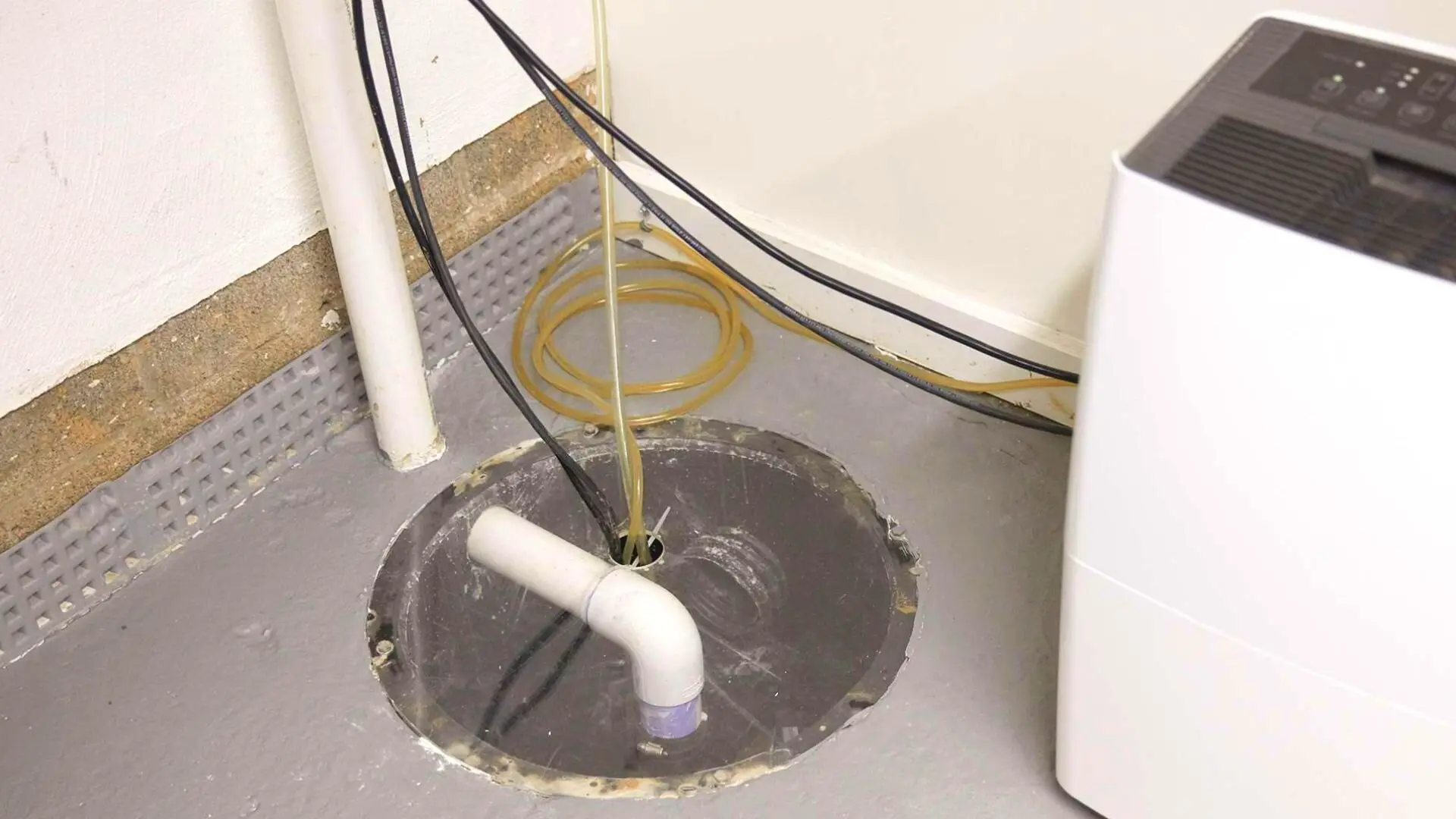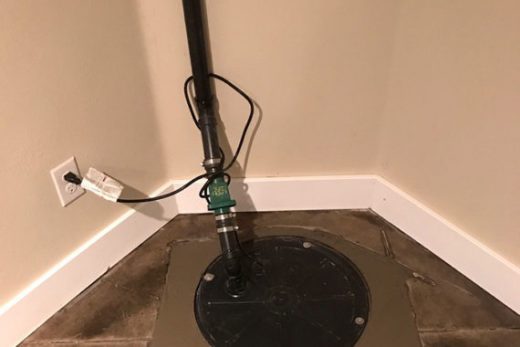Were you searching for answers about Keep Your Sump Pump Clean, It'll Keep You Dry?

Sump pumps are essential parts in many homes, particularly in locations prone to flooding or extreme wetness. They assist stop water damages by effectively getting rid of excess water from cellars or crawl spaces. Nevertheless, like any other home appliance, sump pumps require regular upkeep to ensure they function properly when needed one of the most. Cleaning your sump pump is a crucial part of its maintenance, and understanding exactly how to do it properly can save you from expensive fixings and potential calamities.
Intro
Maintaining a clean sump pump is important for its correct performance and longevity. Neglecting this crucial task can cause clogs, breakdowns, and inevitably, water damages to your property. As a result, learning just how to clean up a sump pump is critical for house owners who count on these devices to maintain their cellars dry and secured.
Understanding the Sump Pump
Before diving right into the cleansing process, it's vital to have a basic understanding of how a sump pump functions. Commonly set up in a pit or container below the cellar flooring, a sump pump consists of a number of key parts, consisting of a pump, a float switch, and a discharge pipe. When water builds up in the pit, the float button triggers the pump, which then pumps the water out via the discharge pipeline, away from the building's structure.
Indications of a Dirty Sump Pump
Knowing when your sump pump needs cleansing is essential for protecting against prospective malfunctions. Some typical signs that show a filthy sump pump consist of odd sounds throughout procedure, decreased water circulation, and visible debris in the pit. If you notice any of these signs, it's important to clean your sump pump immediately to prevent any type of additional concerns.
Preparing for Cleansing
Before you begin cleansing your sump pump, it's important to take some safety and security precautions. Begin by shutting off the power to the pump to prevent any type of electrical accidents. Furthermore, wear proper protective equipment, such as gloves and safety glasses, to safeguard on your own from dust, particles, and potential pathogens.
Step-by-step Guide to Cleaning Up a Sump Pump
Turning off the Power
Begin by detaching the power supply to the sump pump to prevent any type of mishaps while cleaning.
Eliminating Debris and Dust
Make use of a bucket or a scoop to eliminate any kind of visible particles, dirt, or sediment from the sump pit. Dispose of the debris effectively to avoid it from clogging the pump or the discharge pipe.
Cleaning the Pump and Float Switch
Once the pit is clear of debris, very carefully remove the pump from the pit. Check the pump and the float switch for any type of signs of damage or wear. Make use of a soft brush or fabric to clean up the surface areas and remove any built up grime.
Flushing the System
After cleaning the pump and float switch, flush the sump pit with clean water to remove any staying dirt or sediment. This will certainly help ensure that the pump runs efficiently and efficiently.
Checking for Correct Functioning
Before re-installing the pump, execute a quick examination to make sure that the float button turns on the pump correctly. Pour some water right into the sump pit and observe the pump's procedure. If whatever is operating properly, you can rebuild the pump and reconnect the power supply.
Maintenance Tips to Maintain Your Sump Pump Clean
In addition to periodic cleaning, there are numerous upkeep tips you can comply with to maintain your sump pump in optimal problem:
Verdict
Cleansing your sump pump is a crucial facet of its maintenance and ensures that it runs effectively when you need it one of the most. By adhering to the actions described in this guide and including normal maintenance into your regimen, you can extend the life expectancy of your sump pump and shield your home from water damage.
How To Inspect And Clean A Sump Pump
There are a few things you may want to look for when inspecting your sump pump. These include:
Leaks: If you notice any leaks around the sump pump, it likely needs to be repaired or replaced. Mud or Water: If there is any mud or water around the sump pump, it’s likely that it’s not working properly and needs to be cleaned. Noises: If you hear any strange noises coming from the sump pump, it may be indicative of a problem. Next, you’ll need to clean the sump pump. If you notice any of these issues, it’s best to clean the sump pump as soon as possible. To do this, you’ll need to remove the pump from its housing. Be sure to have a bucket handy to catch any water that may spill out. Once the pump is removed, use a brush or a spray nozzle to clean off all of the mud and debris. You may also want to check the impeller for damage or wear and tear. If you find any damage, you’ll need to replace the pump.
Once the pump is clean, reattach it to its housing and replace any parts that were removed. Be sure to test the pump before putting everything back in place. Once everything is back in order, put the cover back on the sump pit and refill it with water.
https://elekplumbing.com/blog/how-to-inspect-and-clean-a-sump-pump/

As an avid reader about Keep Your Sump Pump Clean, It'll Keep You Dry, I assumed sharing that excerpt was mandatory. Liked our posting? Please quickly share it. Help other people discover it. Bless you for your time. Please stop by our blog back soon.
Further Details